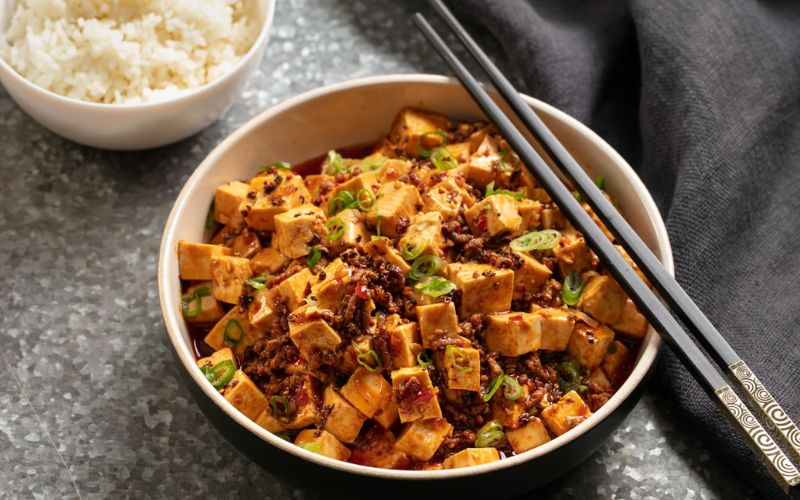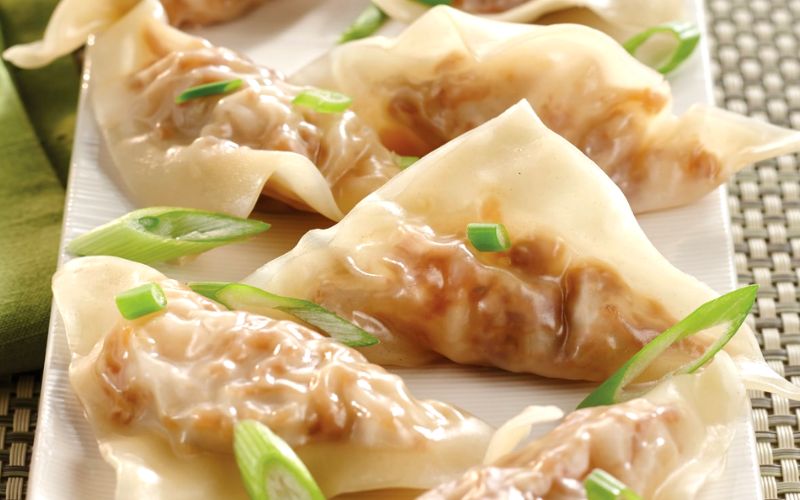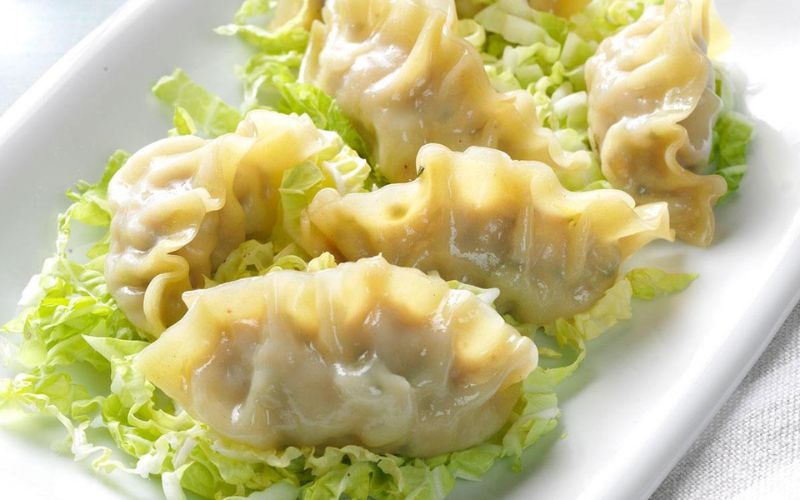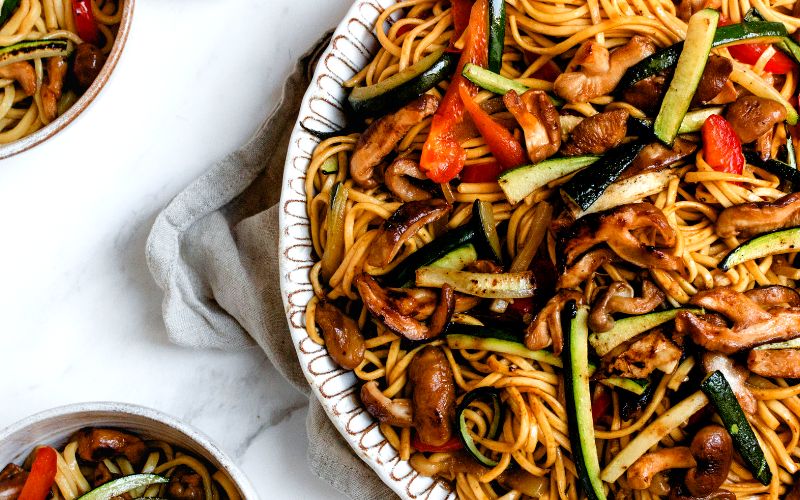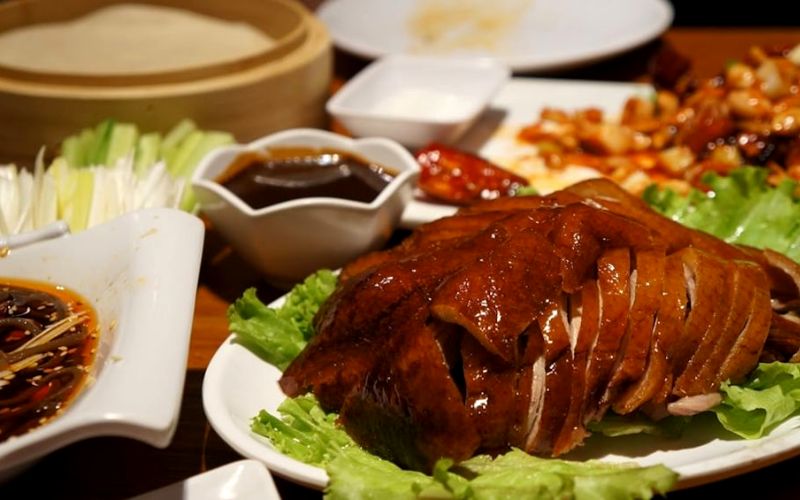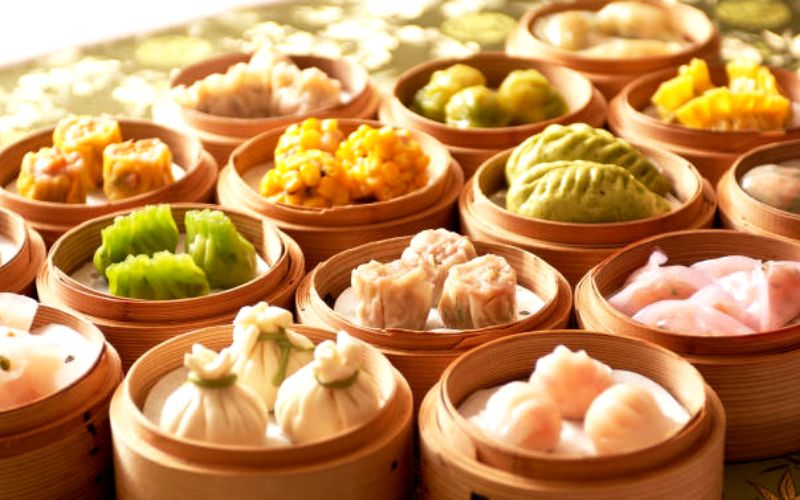In this article, we will provide you with general information and a useful China travel guide.
General information
- Country: China
- Capital: Beijing
- Area: about 16,800 square kilometers
- Population: approximately 1,451,690,000 (2022)
- Ethnic groups: 56
- Main language: Standard Chinese
- Currency: Renminbi(RMB) – Chinese Yuan (CNY)
- Time zone: UTC+8
- Telephone code: +86
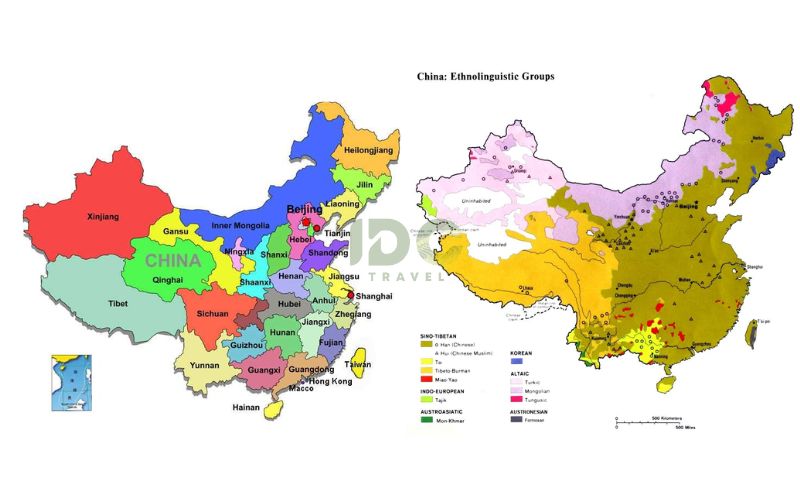
China Map
China, located in eastern Asia, is the most populous and fourth-largest country in the world, with a total area of 9.5 million square kilometers. This country has many beautiful attractions, including breathtaking mountains, rivers, highlands, juggles, atmospheric ancient towns, and stunning historic architecture. Oriental culture can be discovered through the fascinating arts, delectable cuisines, and traditional customs of China.
Preparing a trip to China? The following details in the article China travel guide will surely help you.
China History
China is a country with a long history and is well-known throughout the world. In the article “China travel guide”, we provide historical information to help visitors learn more about the country.
According to Chinese legend, the first dynasty was the Xia Dynasty in 2100 BC. The Shang and Zhou dynasties then ruled on both sides of the Yellow River. As one of the oldest civilizations in the world, this country has a history of 5,000 years and has made many notable contributions to the modern world. Chinese history can be divided into three periods: ancient, imperial, and modern.
China Geography
Going west to east, the Chinese territory is relatively diverse, which takes a long time to explore.
- Mountains, plateaus, and hills cover 70% of China’s land area. Mount Everest in Tibet Plateau is the highest mountain in the world, rising more than 8000 meters above sea level.
- China, with its 5000-river system, is an ideal destination for a cruise excursion. The Yangtze, China’s longest river and the world’s third-largest, gets the most frequent visitors. The Yellow River was the birthplace of ancient Chinese civilization.
- Because the eastern plain is near these two rivers, it is more populous and developed than the western region.
China Religion
It is recommended that tourists should dress conservatively and show respect whenever entering a religious site. The primary religions in China are Buddhism, Catholicism, Christianity, Muslim, Hinduism, and Taoism. Although there are many Confucius temples around China, Confucianism is a school of philosophy rather than a religion.
China Currency
The Yuan, also known as the Renminbi, is China’s official currency (CNY). There are three denominations: yuan, jiao, and fen. Remember that one yuan equals ten jiao and ten fen. Foreigners can exchange currencies such as USD and EUR at international airport exchange counters.
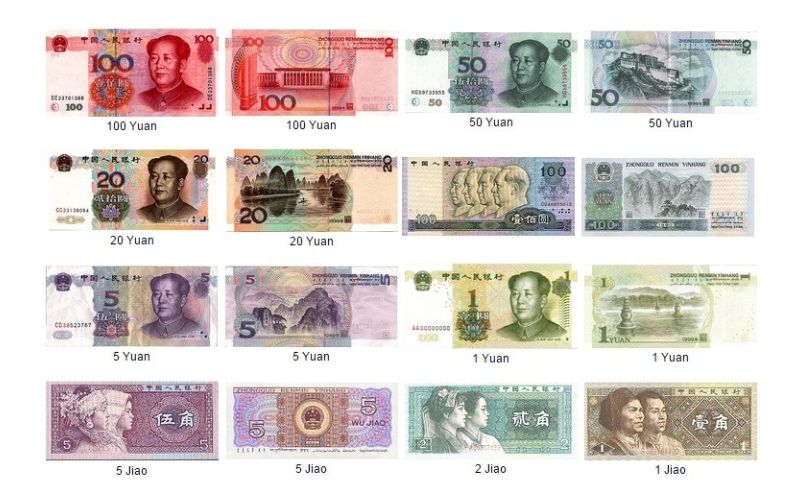
China Currency
China Weather & Best Time to Visit
Weather is one of the most important things to keep in mind when traveling to China. In the article China travel guide, we will provide you with the most useful information about the weather and climate.
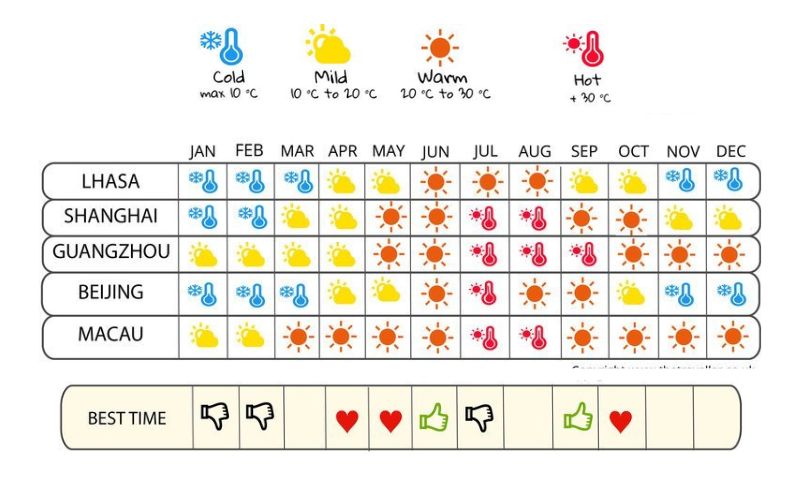
China Weather
Because of its topography, Chinese weather varies greatly from region to region. Before your trip, check the weather forecast.
- Northeastern China (Cold-temperature zone)
This region has short, dry summers and cold winters with temperatures as low as -20 degrees Celsius (representative city: Harbin).
- North-Central China (Mid-temperature zone)
This area experiences cold winters and heavy rainfall in the summer. Summer temperatures can reach 40 degrees Celsius, and winter temperatures are warmer than in the Northeast (representative cities: Beijing, Xian, Luoyang, Datong, and Pingyao).
- South-Central China (Warm-temperature zone): Winter is shorter and warmer than in North-Central China, while summer is hot and humid due to monsoon (representative cities: Chengdu, Chongqing, Kunming).
- Southeastern China (Subtropical zone): From April to July, this region receives a lot of rain, while autumn and winter are dry and cool. Summer is boiling and humid (Representative cities: Shanghai, Hong Kong, Guangzhou, Huangshan, Guilin, Hangzhou, Suzhou)
- Western China (Plateau Climate zone): Because of its mountainous terrain, this region has a harsh climate. It’s extremely hot in the summer (around 30-40 degrees Celsius) and very cold in the winter (Representative provinces: Lhasa, Xining).
- Best places to visit in China
Eastern China is more popular than Western China due to geographic, climate, economic, and infrastructure advantages. Beijing, Xian, Shanghai, Hong Kong, Chengdu, Guilin, and Chongqing are some popular tourist destinations in China.
Beijing
Beijing is one of the world’s most populous cities, with a harmonious blend of traditional architecture and modern development. When in Beijing, don’t miss Tiananmen Square, the Forbidden City, the Summer Palace, and the iconic Great Wall.
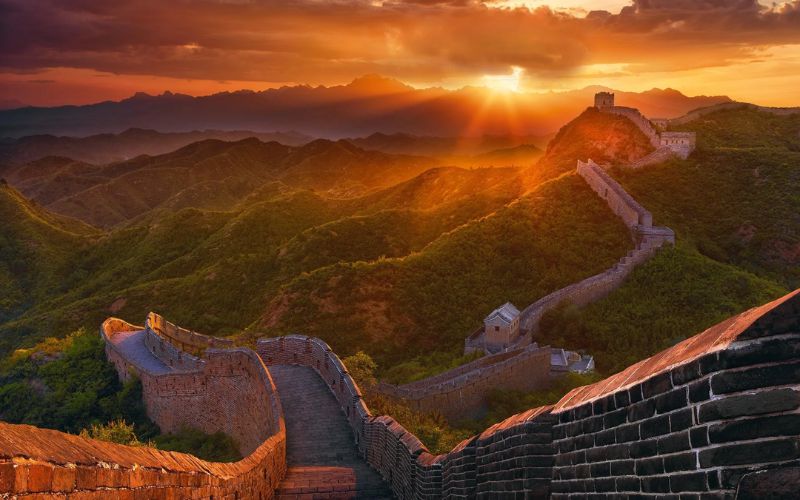
The Great Wall
Xian
As the capital of 12 dynasties, Xian played an important role in Chinese history. The Terracotta Army Museum is where every tourist goes when exploring the solemn side of this city.
Shanghai
Shanghai is a prosperous city with busy streets and beautiful architecture. It is a popular tourist destination known for both historic landmarks and modern, ever-expanding skylines. Moreover, the Bund and Yu Garden should not be missed if you visit Shanghai.

Shanghai
Guilin
Guilin is the perfect place to experience Chinese rural life and explore nature. Every year, local and international tourists flock to the beautiful Li River and the magnificent Longji Rice Terraces.
Hong Kong
Hong Kong is an unforgettable destination for your China trip due to its blend of Western and traditional cultures. With its beautiful Disneyland, Hong Kong is a popular destination for family vacations.
Chengdu
Chengdu’s main attraction is the Giant Panda Breeding Base, where tourists can interact with adorable pandas – China’s national symbol. Besides, Chengdu is also well-known for its diverse cuisine and delicious Sichuan cuisine.
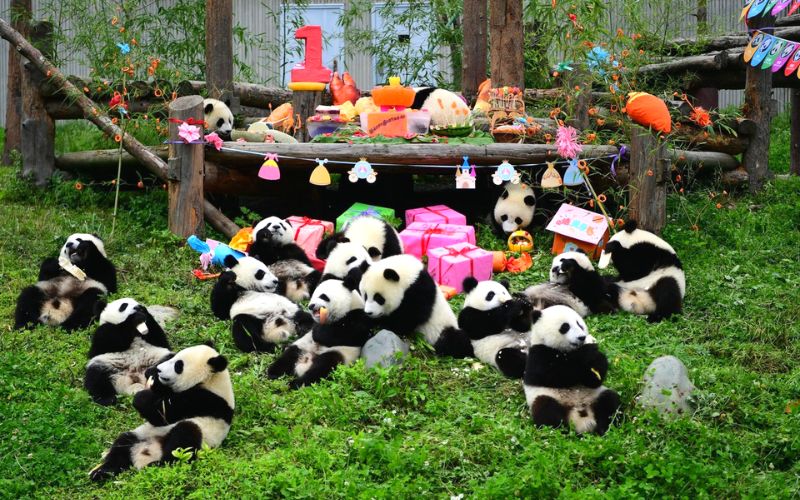
Panda Centre
Public Holidays in China
- International New Year Day: January 1st
- Chinese Lunar New Year: from the 1st to the 3rd day of the first lunar month
- Ching Ming festival: 15th day of the third lunar month
- International Labor Day: May 1st
- Dragon Boat Festival: the 5th of the fifth lunar month
- Mid-Autumn Festival: the 15th day of the eighth lunar month
- National Day: October 1st
These events will surely bring you lots of fun, but be aware of public holidays in China where transportation is crowded and tourist attractions are flooded with local travelers.
What to Eat & Drink in China
When searching for a China travel guide, one of the things travelers care most about is food. China cuisines are famous all over the world for their distinct taste, aroma, and seasoning. Chinese cuisine is an essential part of your Chinese history and culture exploration tour. Because of its historical power, China has influenced the cuisines of other Asian countries in terms of seasonal ingredients and cooking techniques.
A traditional Chinese meal includes two signature foods: a carbohydrate, such as noodles or rice, and a fried dish of vegetables and meats. Chinese foods are colorful, smell delicious, as well as have a wide range of flavors. Chinese people eat a variety of vegetables, including cabbage, mushrooms, eggplant, and broccoli. As can be seen in many movies, Asian eat with chopsticks, and you should not begin eating before the elders.
If you enjoy food, there are eight regional cuisines in China to try: Anhui, Cantonese, Fujian, Hunan, Jiangsu, Shandong, Sichuan, and Zhejiang. Because of its vast territory, Chinese foods vary in taste and flavor from region to region:
- Eastern China cuisines: The flavor is typically sweet and light. Seasonings include rice vinegar, sugar, and soy sauce.
- Central China cuisines: The flavor is spicy because garlic and chili are used as seasonings. Sichuan Ma Po Tofu is the region’s signature dish.
- Western China cuisines: Vegetables and fruits are scarce in this mountainous region so people frequently eat wheat and meats such as yak, goat, and mutton. Because of the harsh climate, the meals are higher in fat and calories than in other regions.
- Northern China cuisines: Their meals include more salty meat dishes and fewer vegetables.
- Southern China cuisines: The foods are sour and spicy as people love adding a lot of spicy ingredients like red chili paste.
Must-try Chinese Cuisines
Sweet and Sour Pork
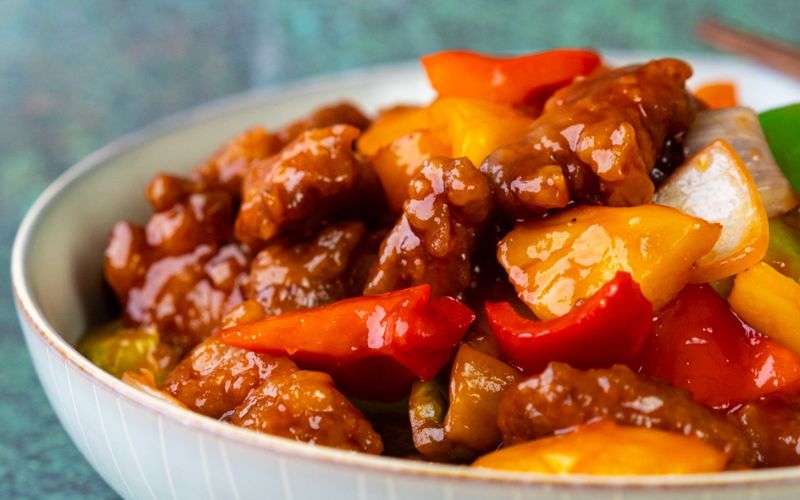
Sweet and sour pork
This tasty food with a sweet and sour taste has a beautiful color, red and green from bell peppers, yellow from pineapple, golden brown from fried meat, etc.
Ma Po Tofu
-

Chinese Tofu
Many famous traditional Chinese dishes originate in Sichuan. Among them, Ma Po Tofu is the most famous of the bunch. Tofu cubes in a spicy chili-and-bean sauce were combined with ground beef or pork in this dish. You can also make this dish with chestnuts, onions, or other vegetables. Ma Po Tofu is delicious, with milky tofu and a spicy kick from Sichuan pepper.
Wonton
-

Wontons
This dish is made from flour wrappers that have been filled with minced pork or shrimp, vegetables, and sliced onion. It is commonly served with soup or noodles.
Dumplings
-

Dumpling
Dumplings are similar to wontons, but their shape resembles a gold ingot. Chinese fill dumplings with a variety of ingredients, including minced chicken, pork, shrimp, carrots, onion, and mushrooms.
Chow mein
-

Chow mein
In English, chow mein means “stir-fried noodles.” This dish contains noodles, sliced meats (pork, beef, or chicken), onions, and vegetables. You can find it almost everywhere in China.
Beijing roasted duck
-

Beijing roasted duck
Chinese see this food as a national dish. Beijing roasted duck is famous for its crispy skin and is frequently served with a special sauce. This is a must-try dish for any first-time visitor to China.
Dimsum
-

Dimsum
In Chinese, dim sum means “to touch the heart.” The small portions were intended to merely touch the heart rather than satiate the appetite, and as such, they were initially consumed as snacks. Yum cha, on the other hand, has evolved over time and is now an important part of Chinese culture. This cuisine is frequently served in small steamers with small portions. Dim sum is an important part of Hong Kong’s heritage and cultural identity.
Famous Chinese drinks
Tea
Tea is an important part of Chinese meals, especially when eating dim sum. In China, there are various types of tea, such as green, black, oolong, and dark tea. Drinking tea before and after meals will help your digestive system.
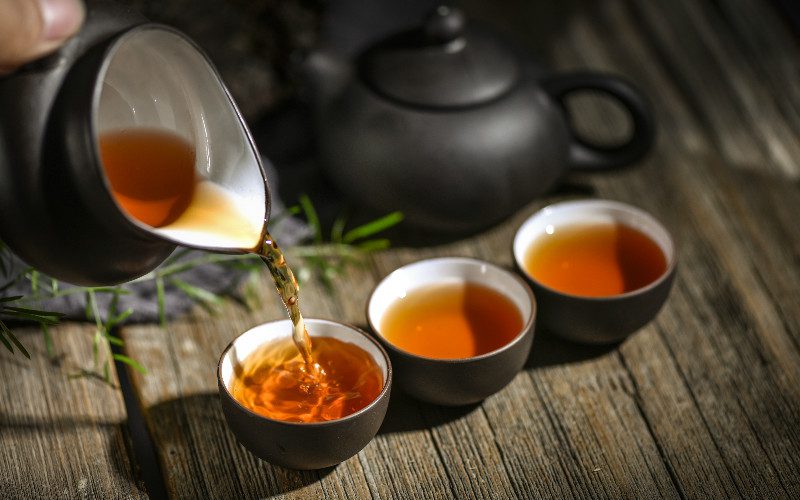
Chinese Tea
Alcoholic drinks
Baijiu (White liquor) is a popular Chinese alcoholic drink made primarily of wheat and rice. Mao Tai is a well-known brand of Baijiu. Remember that drinking too much alcohol is bad for your health, so set a limit.
We hope the information in the article “China travel guide” will be helpful to you. If you want to have more information and ideas to build an unforgettable itinerary in China, do not hesitate to contact us!
